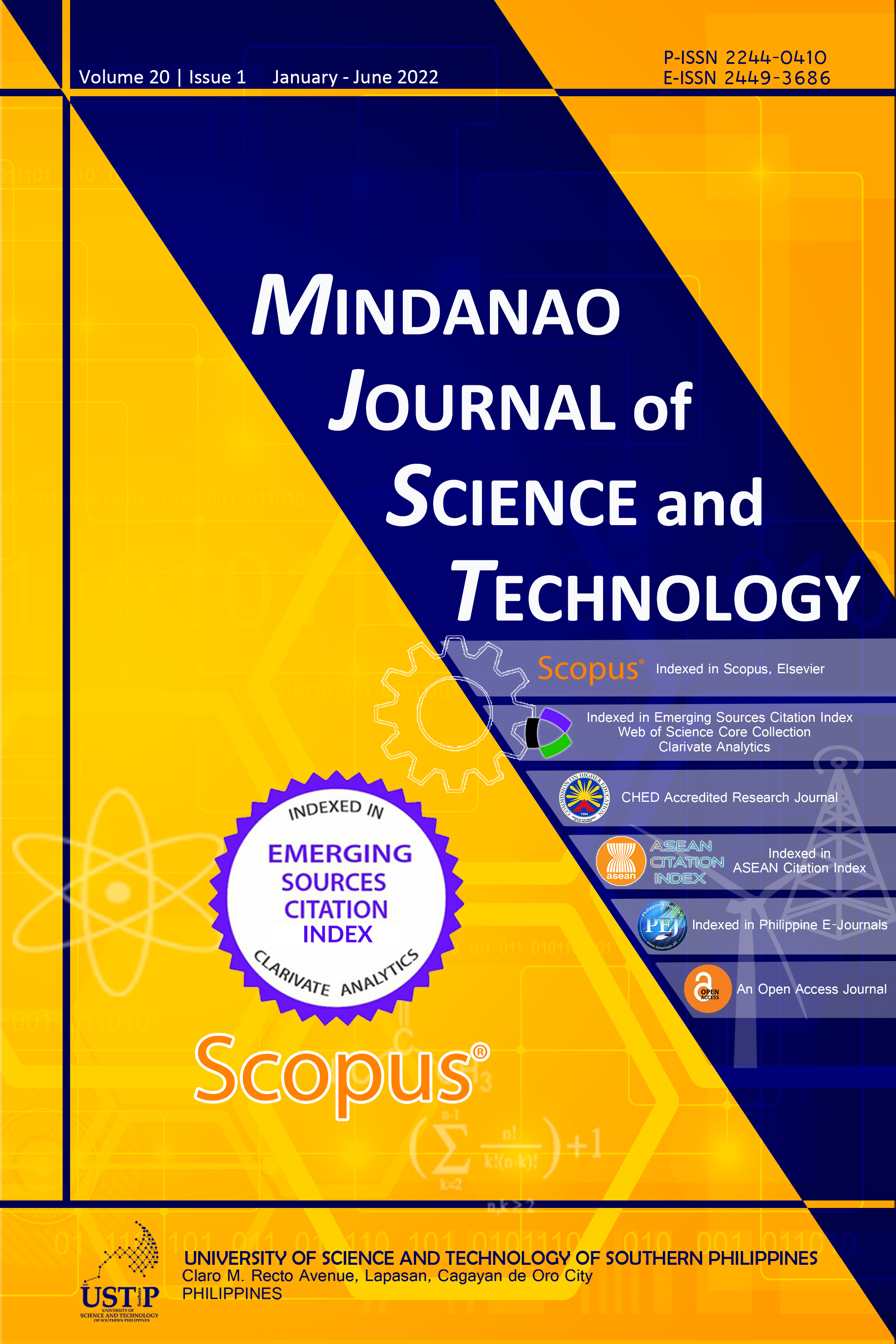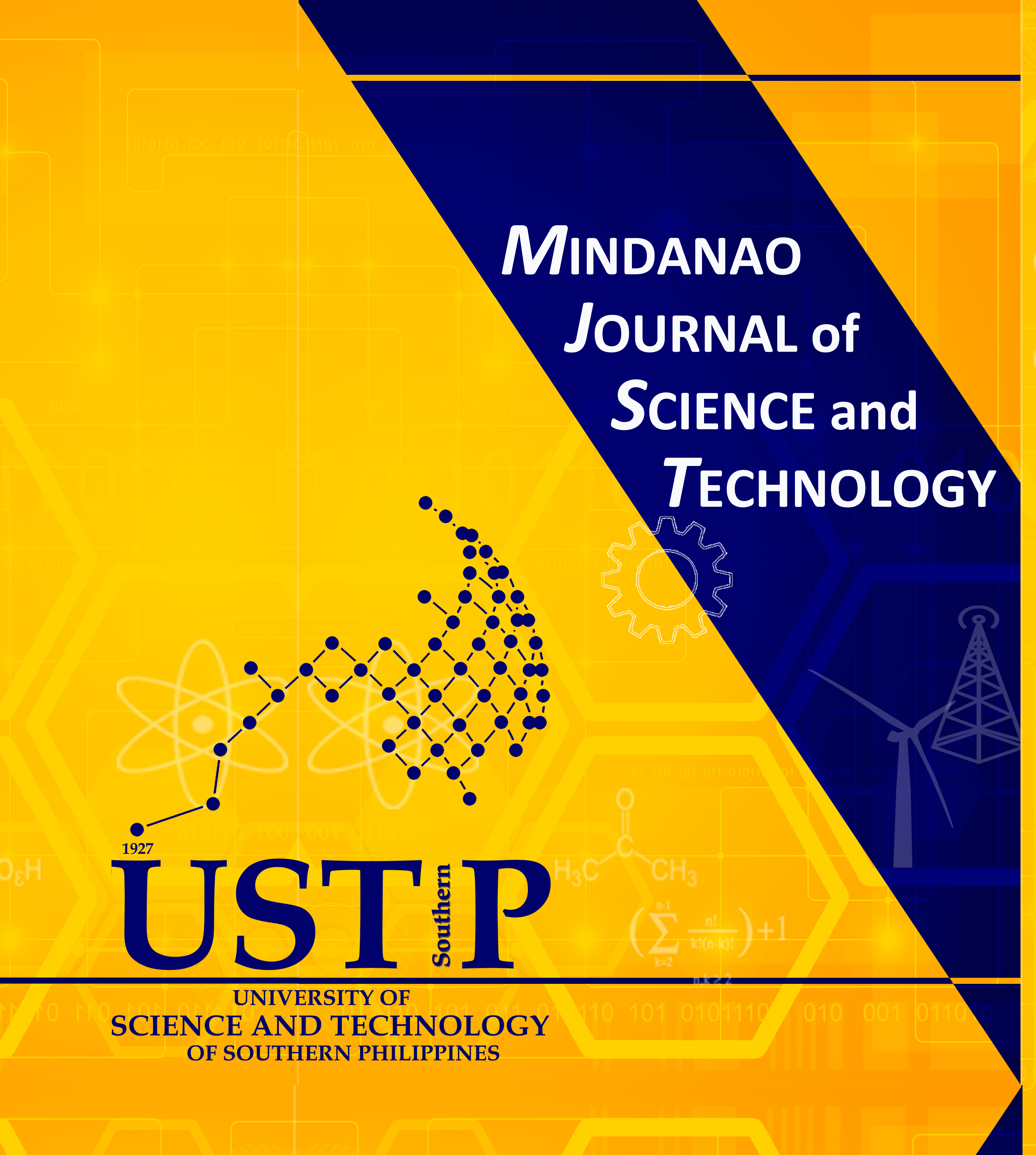Design, Performance and Cost Analysis of Automated Smoking Machine for Village-level Smoked Fish Production
Keywords:
automated smoking machine, low-cost technology, postharvest technologyAbstract
The automated smoking machine is a pilot initiative towards the development of integrated processing machinery for the village-level production of smoked fish in Cavite, Philippines. Considering the traditional processing activities and the code of practice for the processing and handling of smoked fish, the machine was designed and fabricated with an estimated capacity of 75 kg per batch of operation. The machine can accomplish both hot and cold smoking processes by maintaining temperatures between 70-90 and 30-60 °C. Using sawdust and wood trimmings as biomass fuel, preliminary tests were conducted to examine the function of machine components and to establish the fuel feed rate and fuel ignition time. Meanwhile, at full capacity testing, smoked fish was produced for sensory analysis while monitoring the smoking temperature and relative humidity in the processing chamber. Results revealed that the minimum, maximum and average temperatures during hot smoking were 60.90, 72.58 °C and 79.93±5.01 °C, respectively, with an average relative humidity of 58.30%. When loaded at full capacity, the average smoking temperature reached 71.72±13.46 °C with no significant difference in the smoking temperature and relative humidity across the sections of the processing chamber. On average, the sensory properties that include the color, aroma, texture and taste of the smoked fish products scored 8.43 (extremely liked) among the participants of the sensory evaluation. A simple economic analysis revealed an initial investment of Php 170,000.00 that is recoverable in 1.59 years, a benefit-cost ratio of 1.29 and a return of investment of 34% – indicative of the machine’s financial viability.










